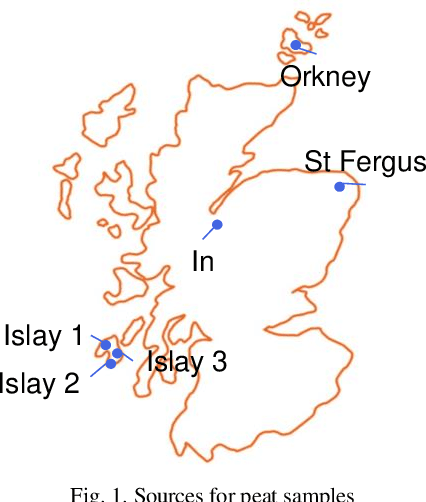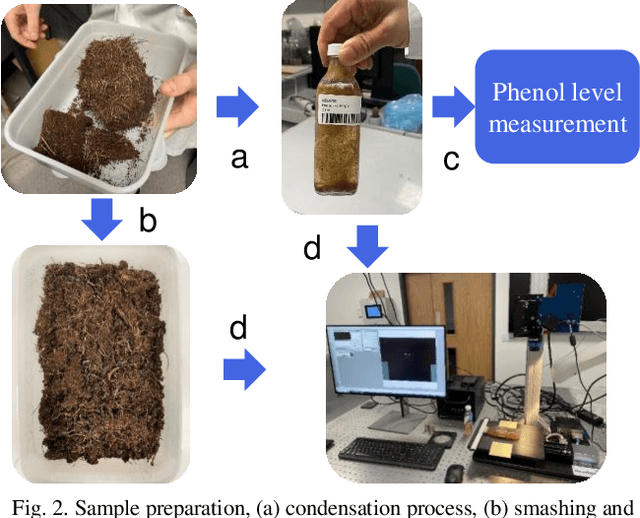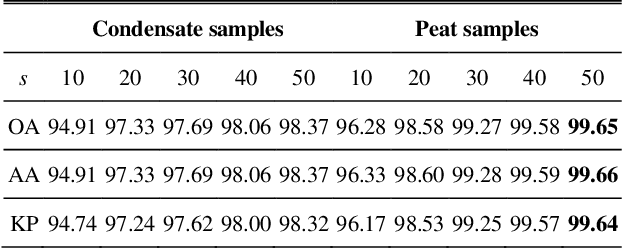Yinhe Li
HDMba: Hyperspectral Remote Sensing Imagery Dehazing with State Space Model
Jun 09, 2024



Abstract:Haze contamination in hyperspectral remote sensing images (HSI) can lead to spatial visibility degradation and spectral distortion. Haze in HSI exhibits spatial irregularity and inhomogeneous spectral distribution, with few dehazing networks available. Current CNN and Transformer-based dehazing methods fail to balance global scene recovery, local detail retention, and computational efficiency. Inspired by the ability of Mamba to model long-range dependencies with linear complexity, we explore its potential for HSI dehazing and propose the first HSI Dehazing Mamba (HDMba) network. Specifically, we design a novel window selective scan module (WSSM) that captures local dependencies within windows and global correlations between windows by partitioning them. This approach improves the ability of conventional Mamba in local feature extraction. By modeling the local and global spectral-spatial information flow, we achieve a comprehensive analysis of hazy regions. The DehazeMamba layer (DML), constructed by WSSM, and residual DehazeMamba (RDM) blocks, composed of DMLs, are the core components of the HDMba framework. These components effectively characterize the complex distribution of haze in HSIs, aiding in scene reconstruction and dehazing. Experimental results on the Gaofen-5 HSI dataset demonstrate that HDMba outperforms other state-of-the-art methods in dehazing performance. The code will be available at https://github.com/RsAI-lab/HDMba.
Non-Destructive Peat Analysis using Hyperspectral Imaging and Machine Learning
May 03, 2024



Abstract:Peat, a crucial component in whisky production, imparts distinctive and irreplaceable flavours to the final product. However, the extraction of peat disrupts ancient ecosystems and releases significant amounts of carbon, contributing to climate change. This paper aims to address this issue by conducting a feasibility study on enhancing peat use efficiency in whisky manufacturing through non-destructive analysis using hyperspectral imaging. Results show that shot-wave infrared (SWIR) data is more effective for analyzing peat samples and predicting total phenol levels, with accuracies up to 99.81%.
Siamese Residual Neural Network for Musical Shape Evaluation in Piano Performance Assessment
Jan 04, 2024



Abstract:Understanding and identifying musical shape plays an important role in music education and performance assessment. To simplify the otherwise time- and cost-intensive musical shape evaluation, in this paper we explore how artificial intelligence (AI) driven models can be applied. Considering musical shape evaluation as a classification problem, a light-weight Siamese residual neural network (S-ResNN) is proposed to automatically identify musical shapes. To assess the proposed approach in the context of piano musical shape evaluation, we have generated a new dataset, containing 4116 music pieces derived by 147 piano preparatory exercises and performed in 28 categories of musical shapes. The experimental results show that the S-ResNN significantly outperforms a number of benchmark methods in terms of the precision, recall and F1 score.
 Add to Chrome
Add to Chrome Add to Firefox
Add to Firefox Add to Edge
Add to Edge